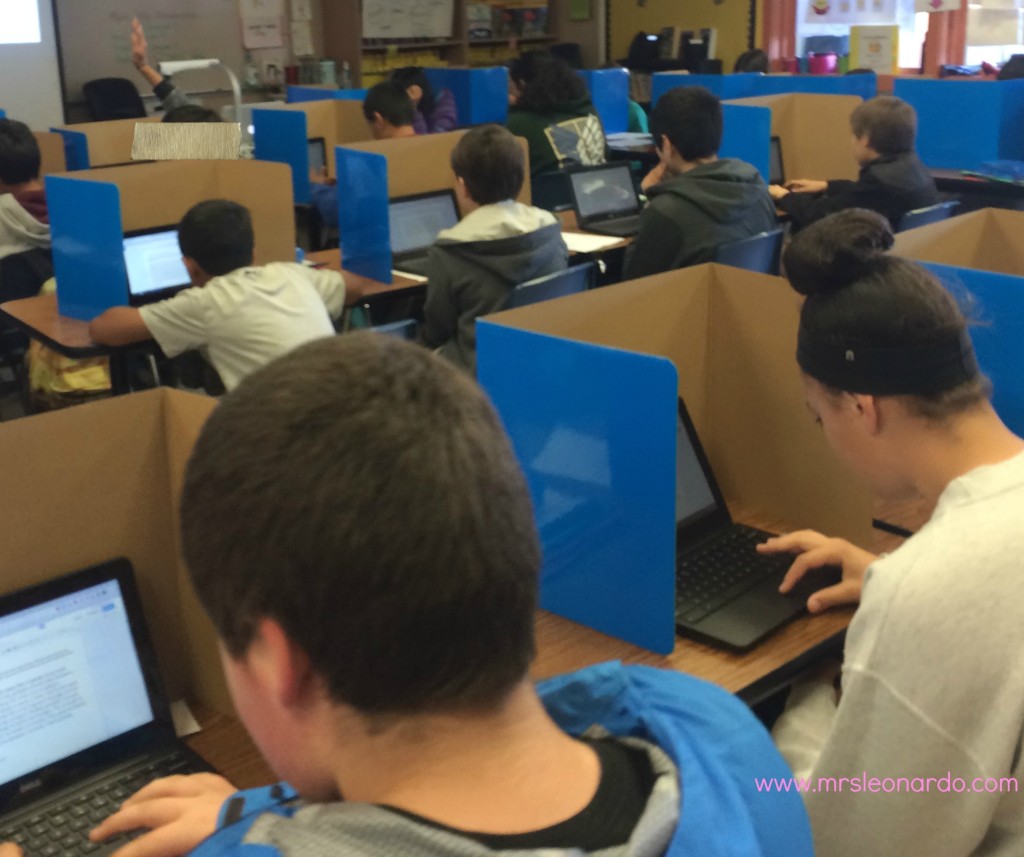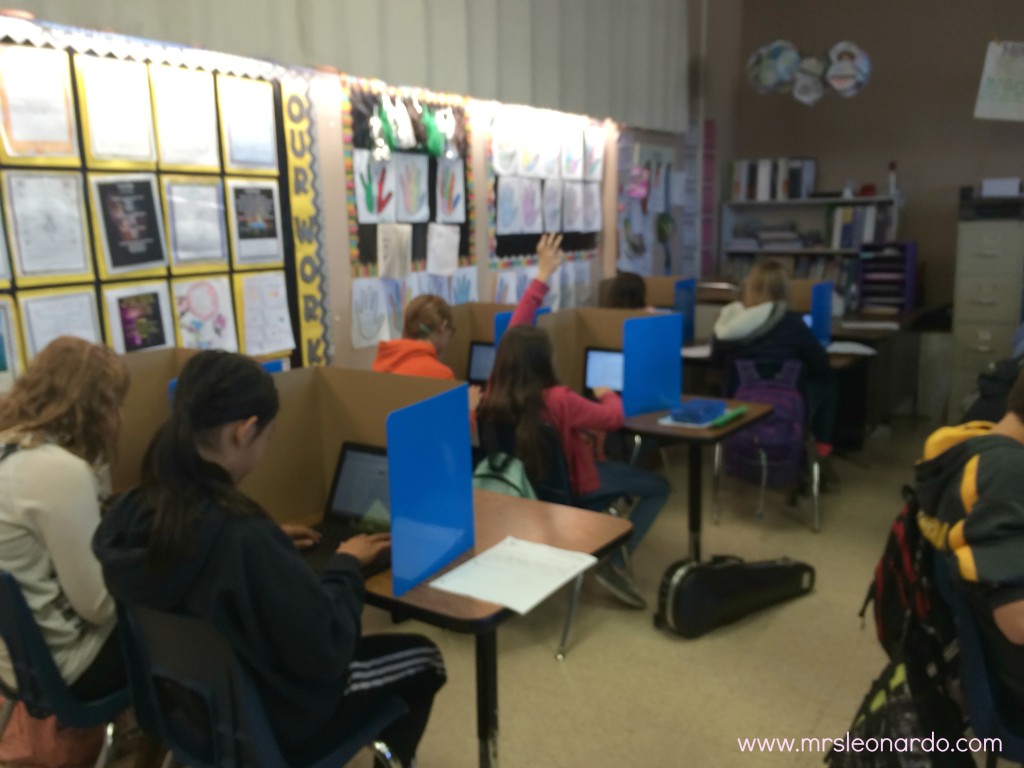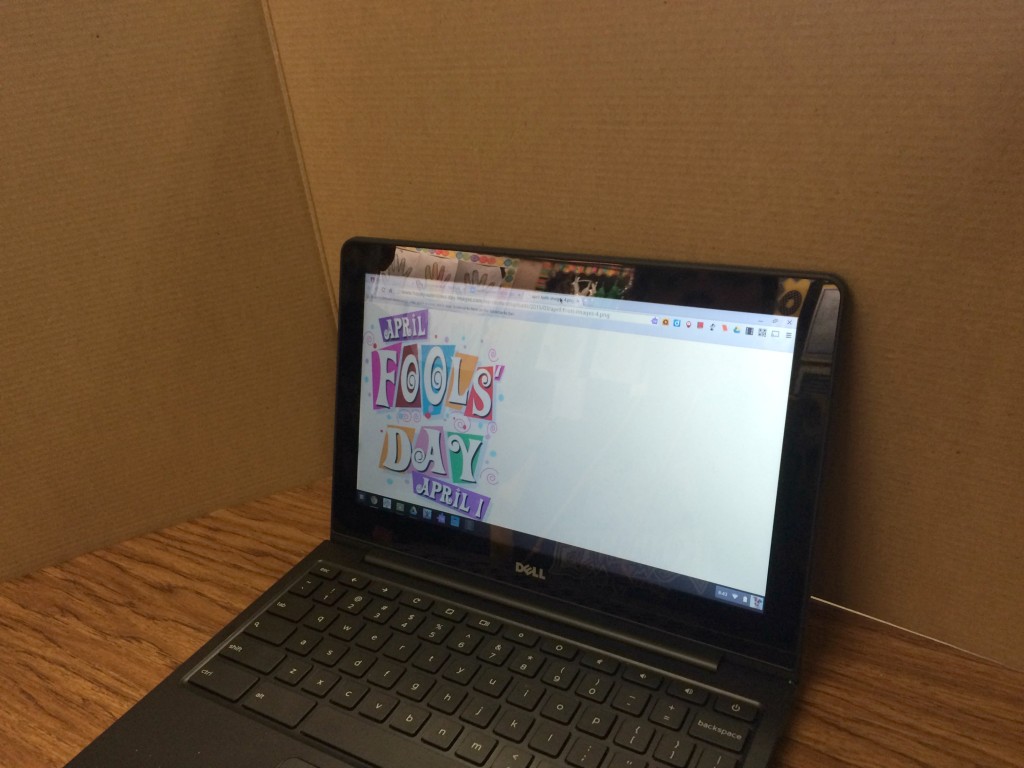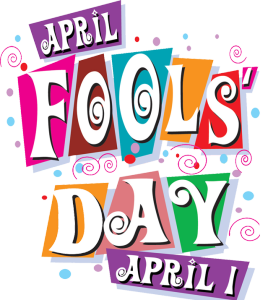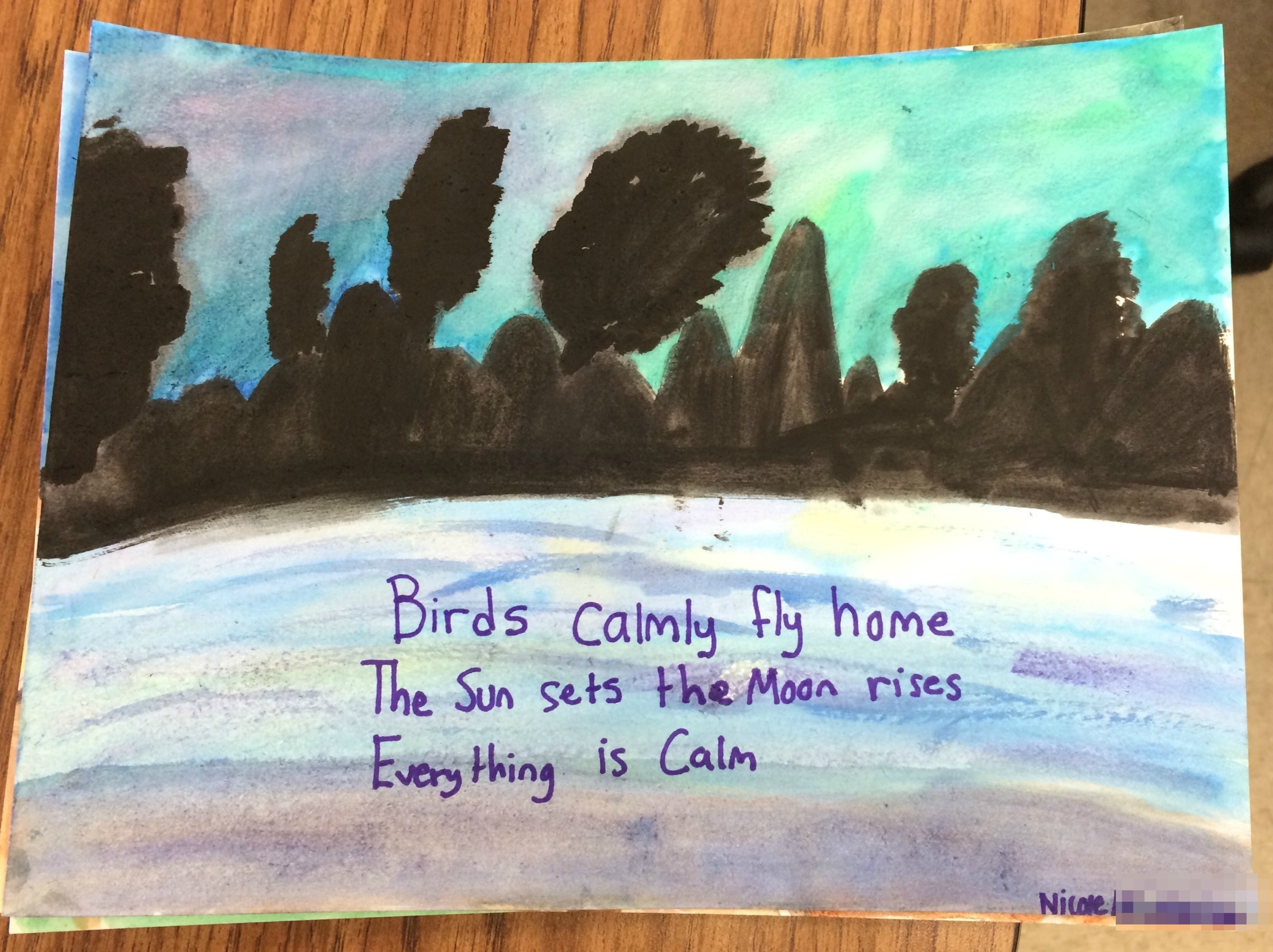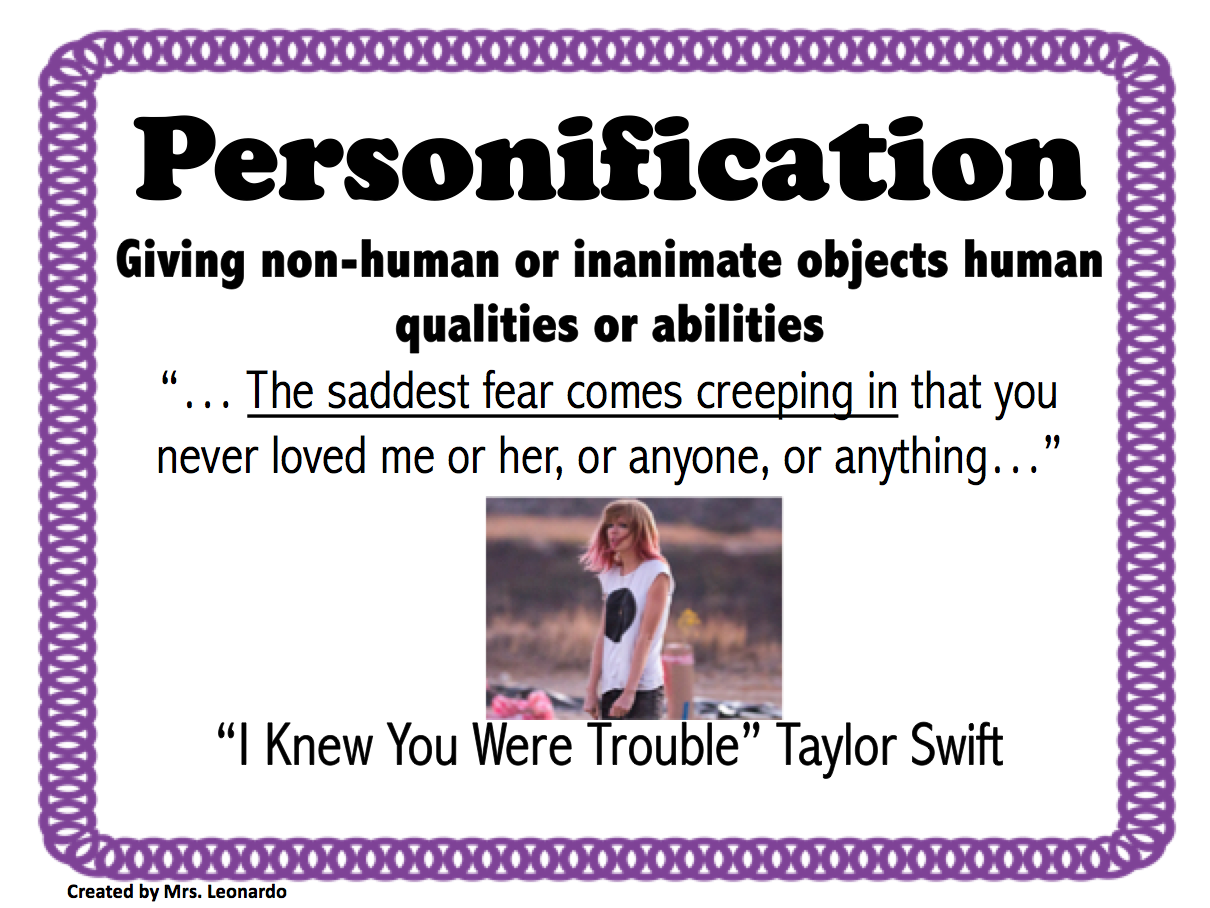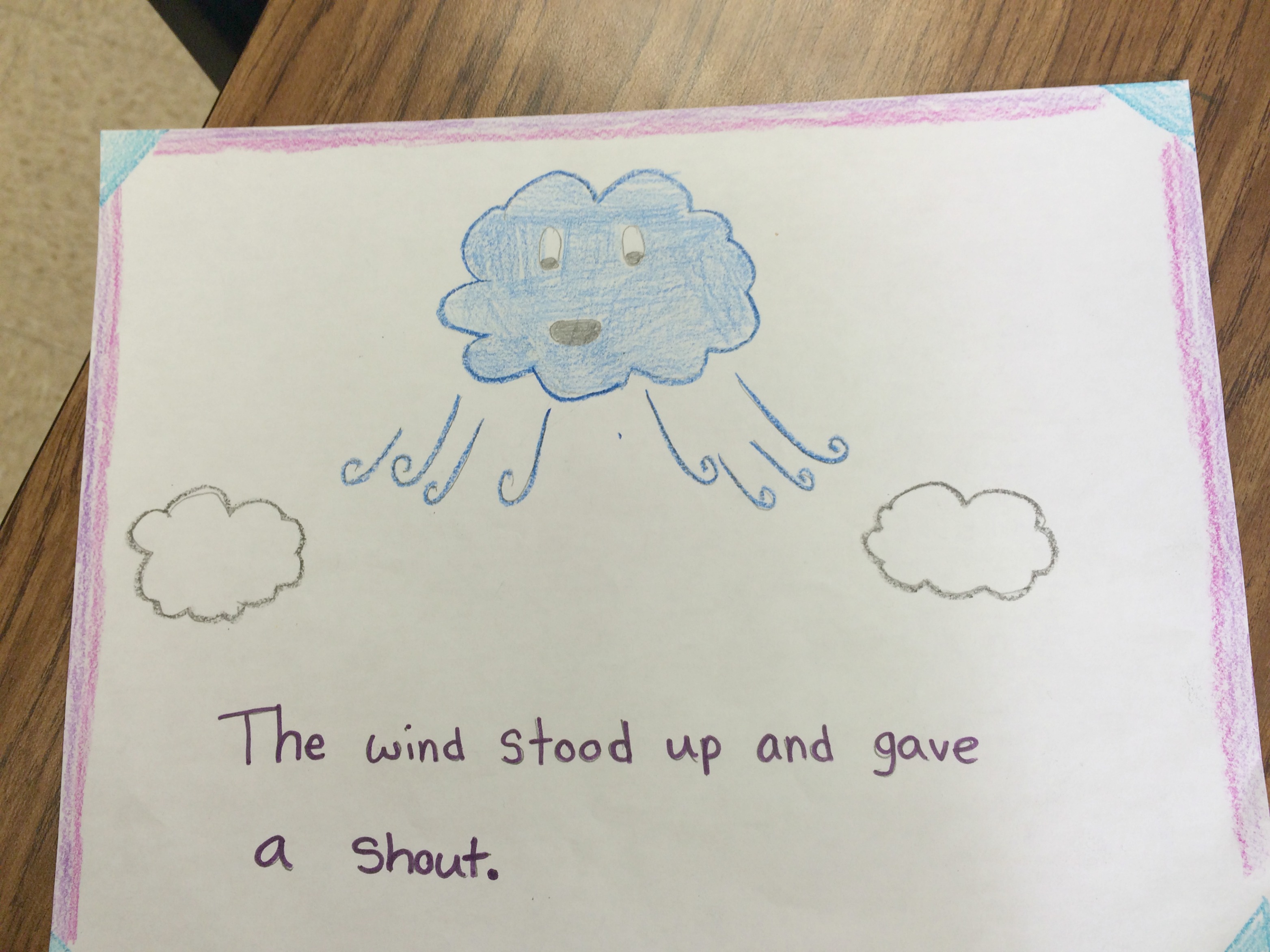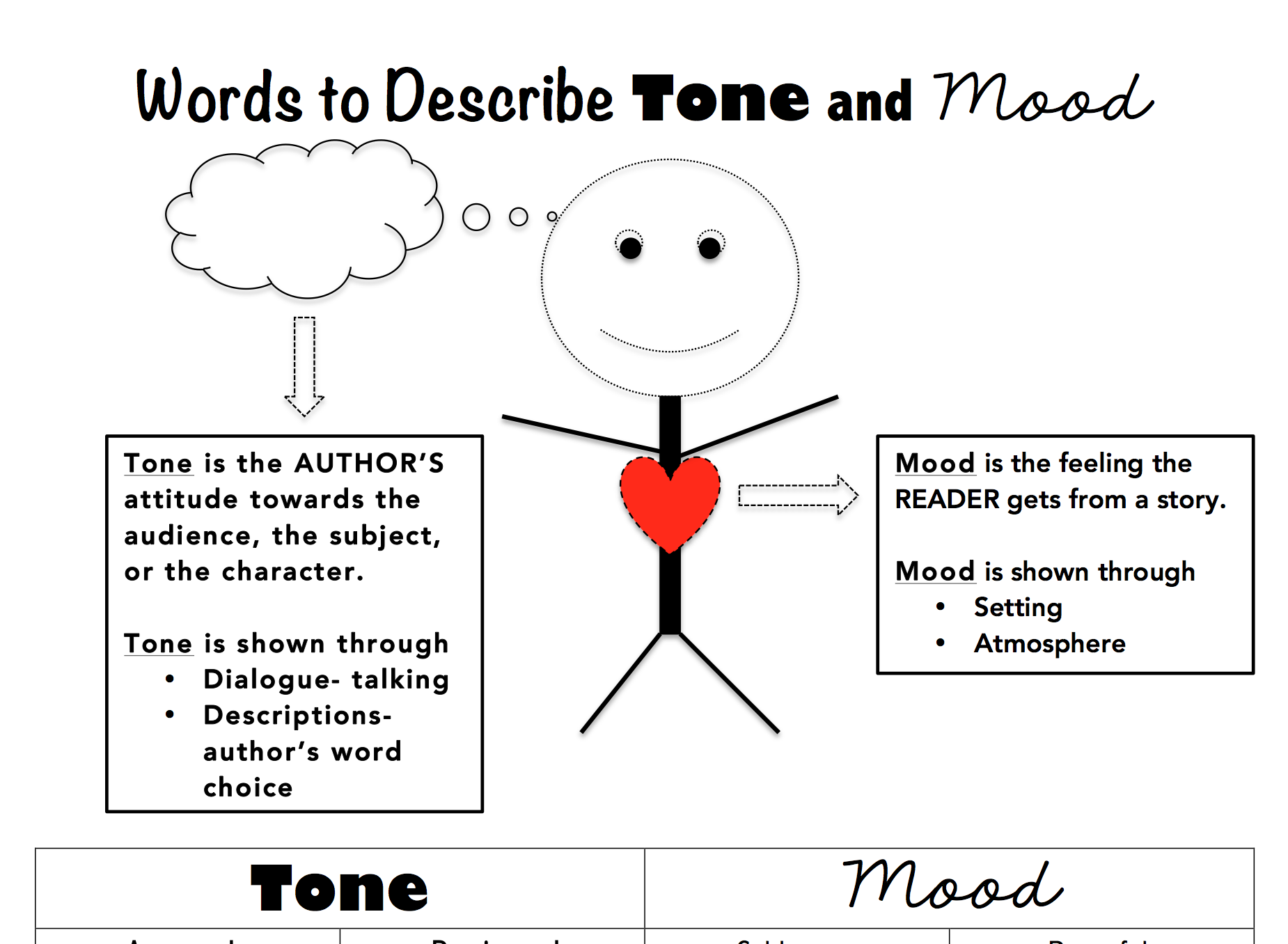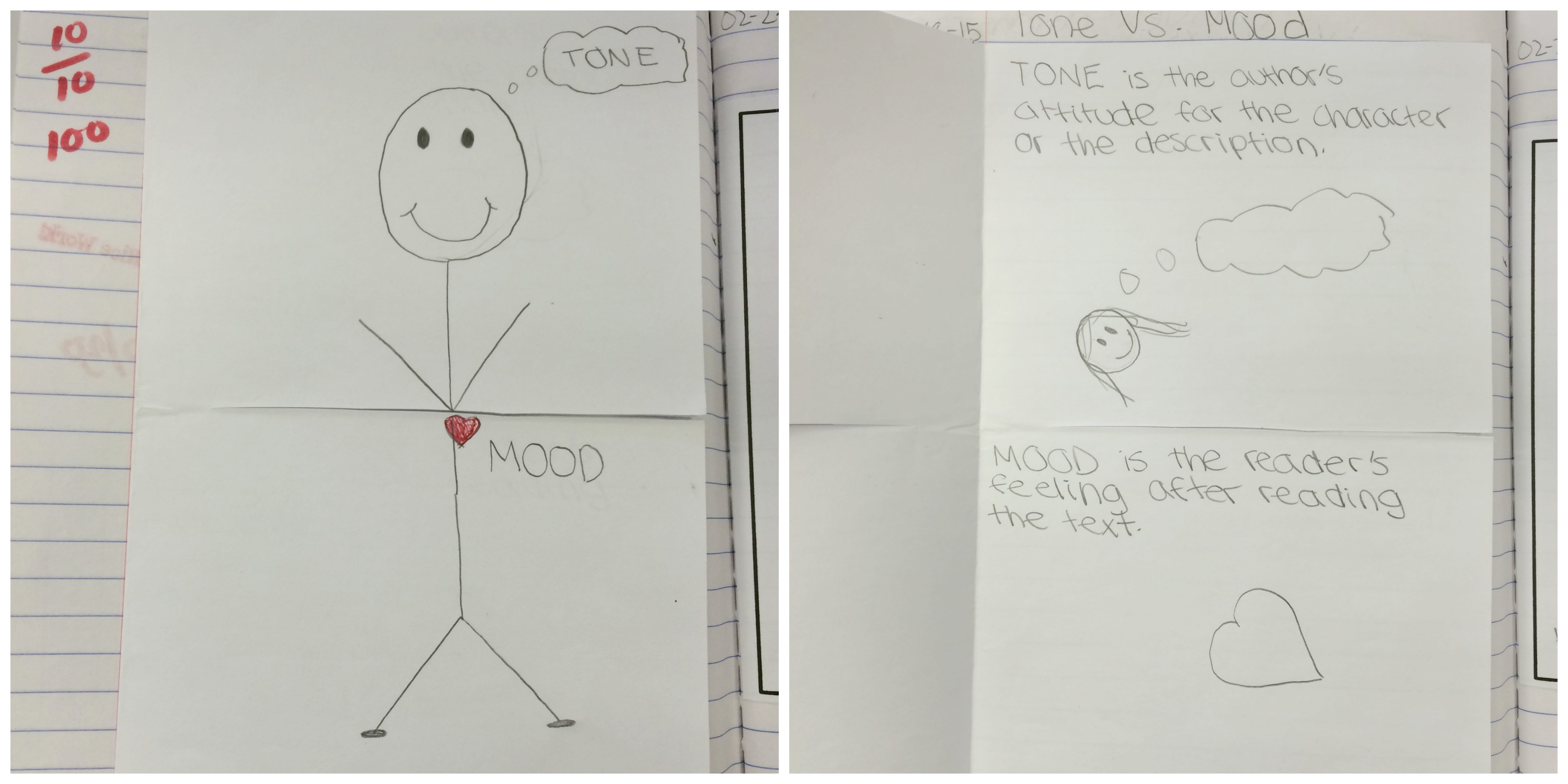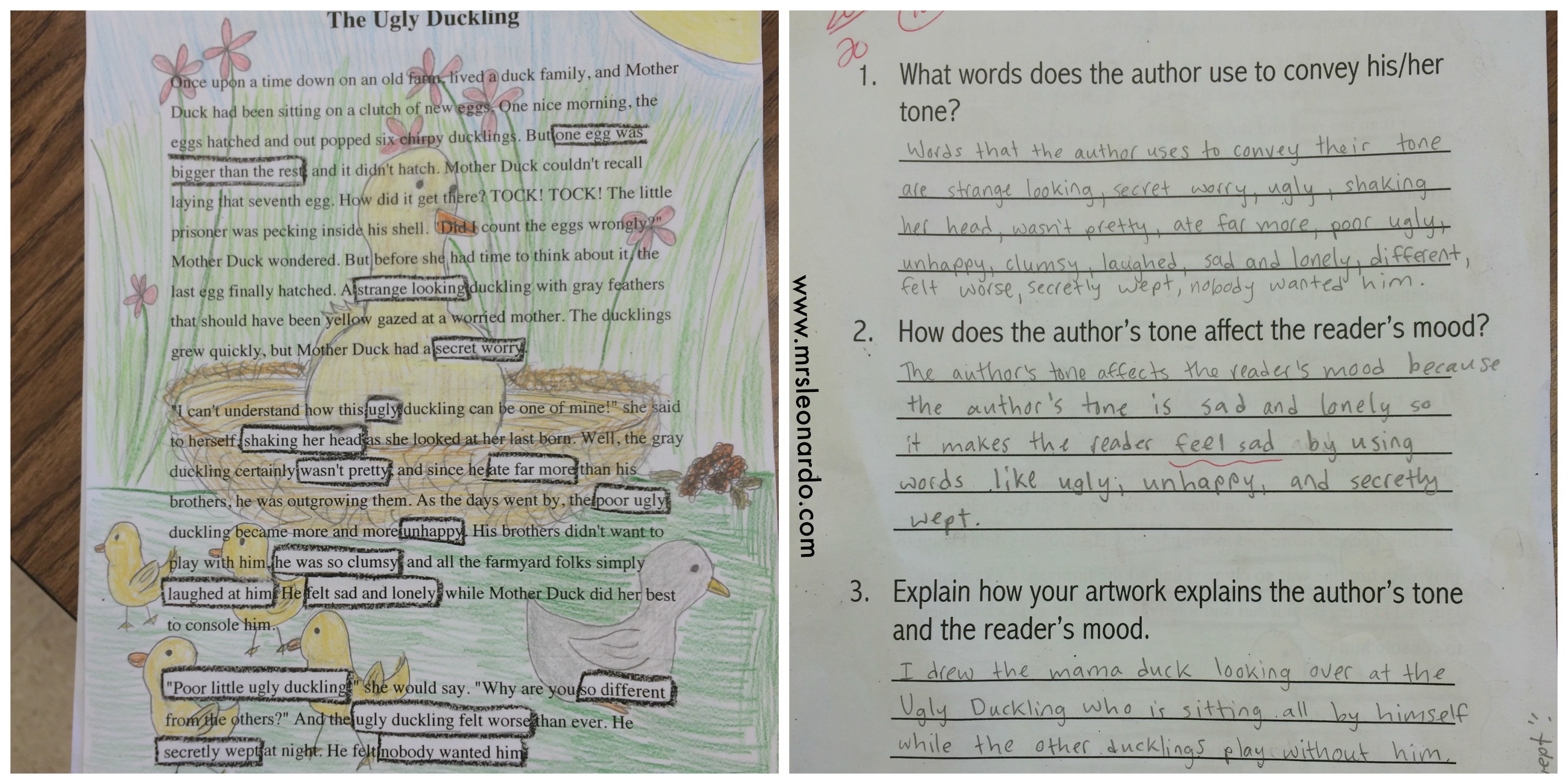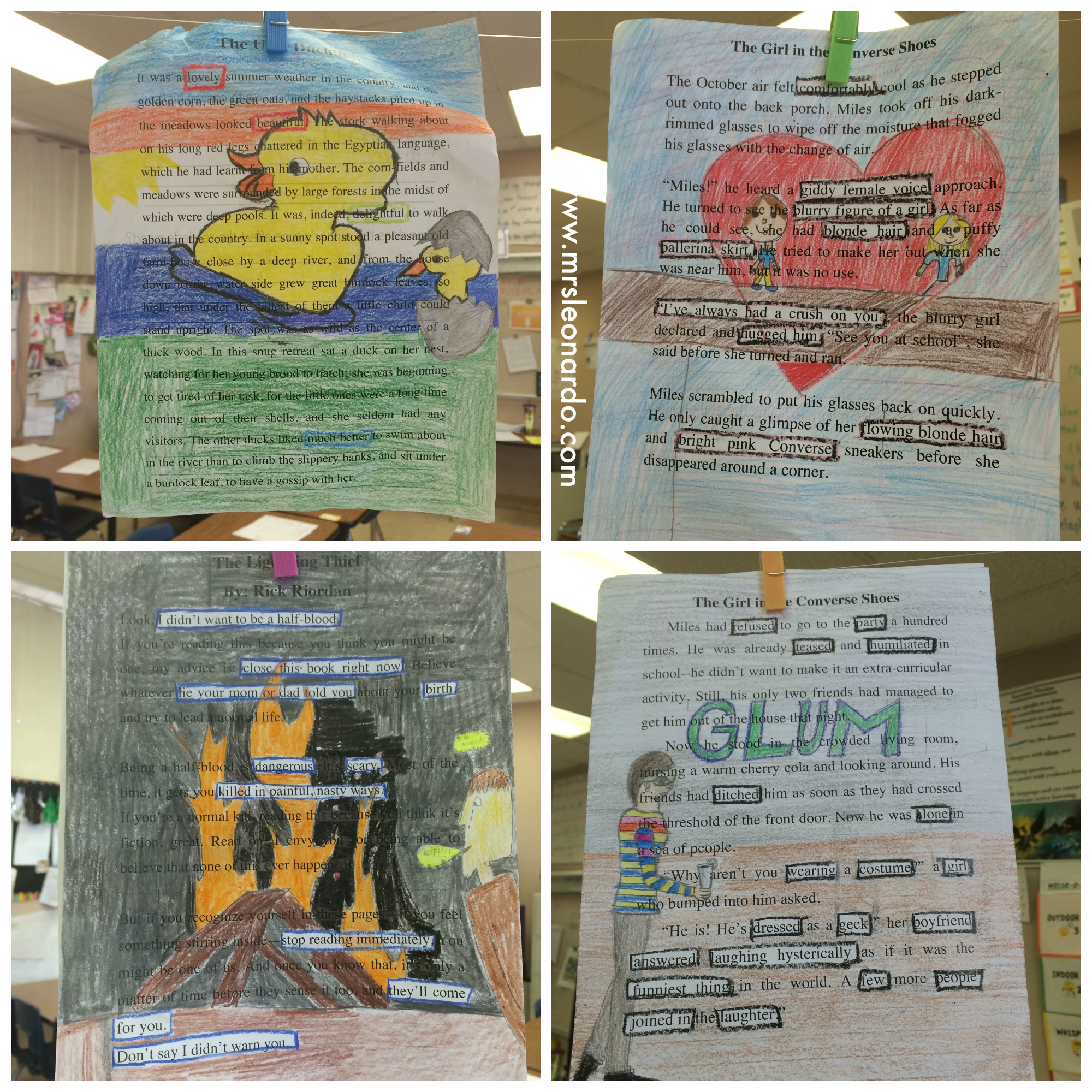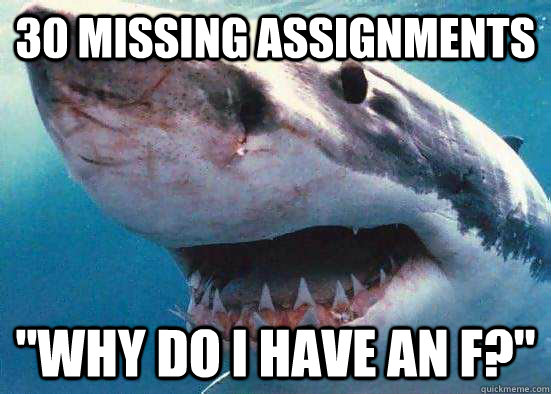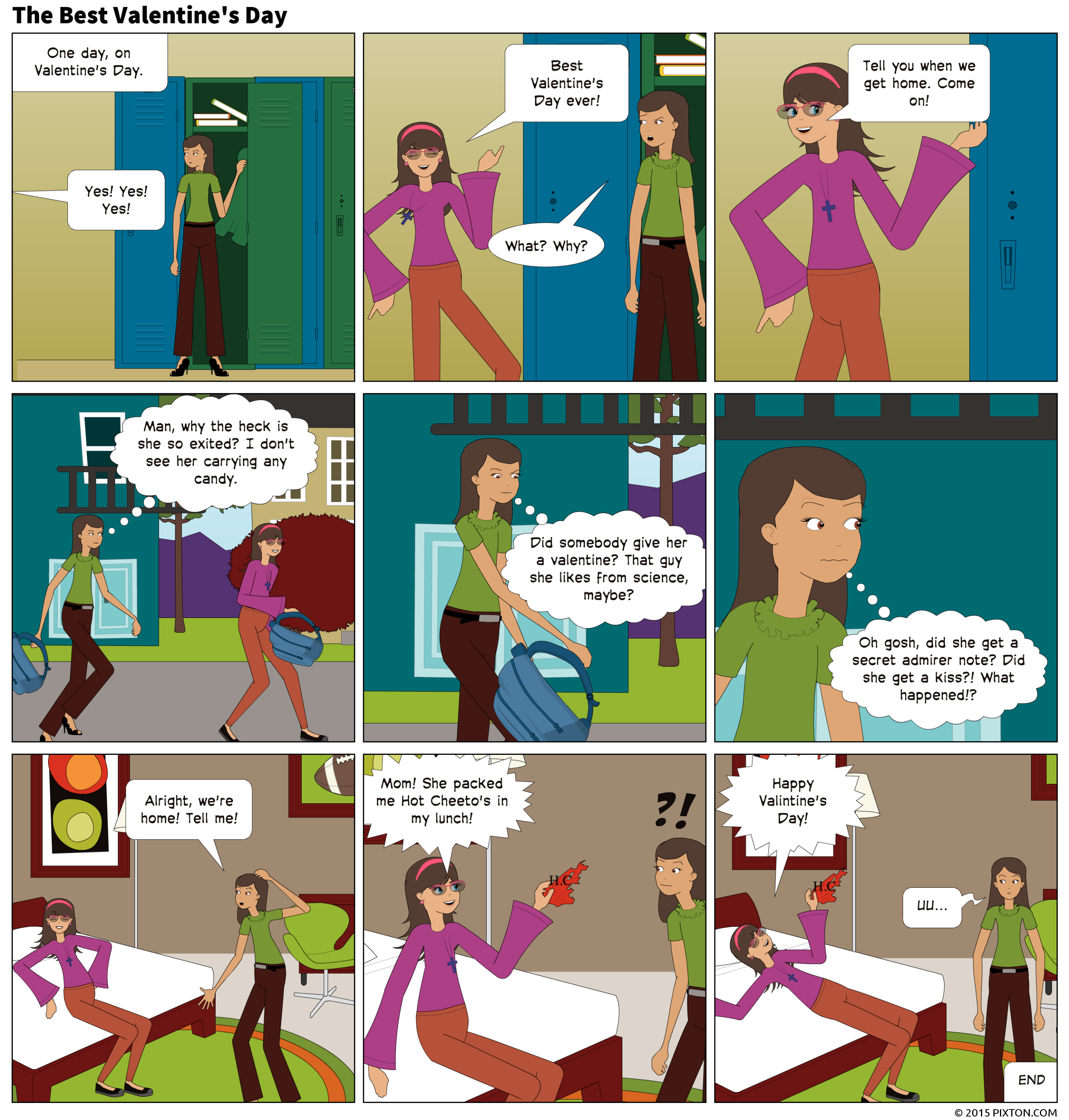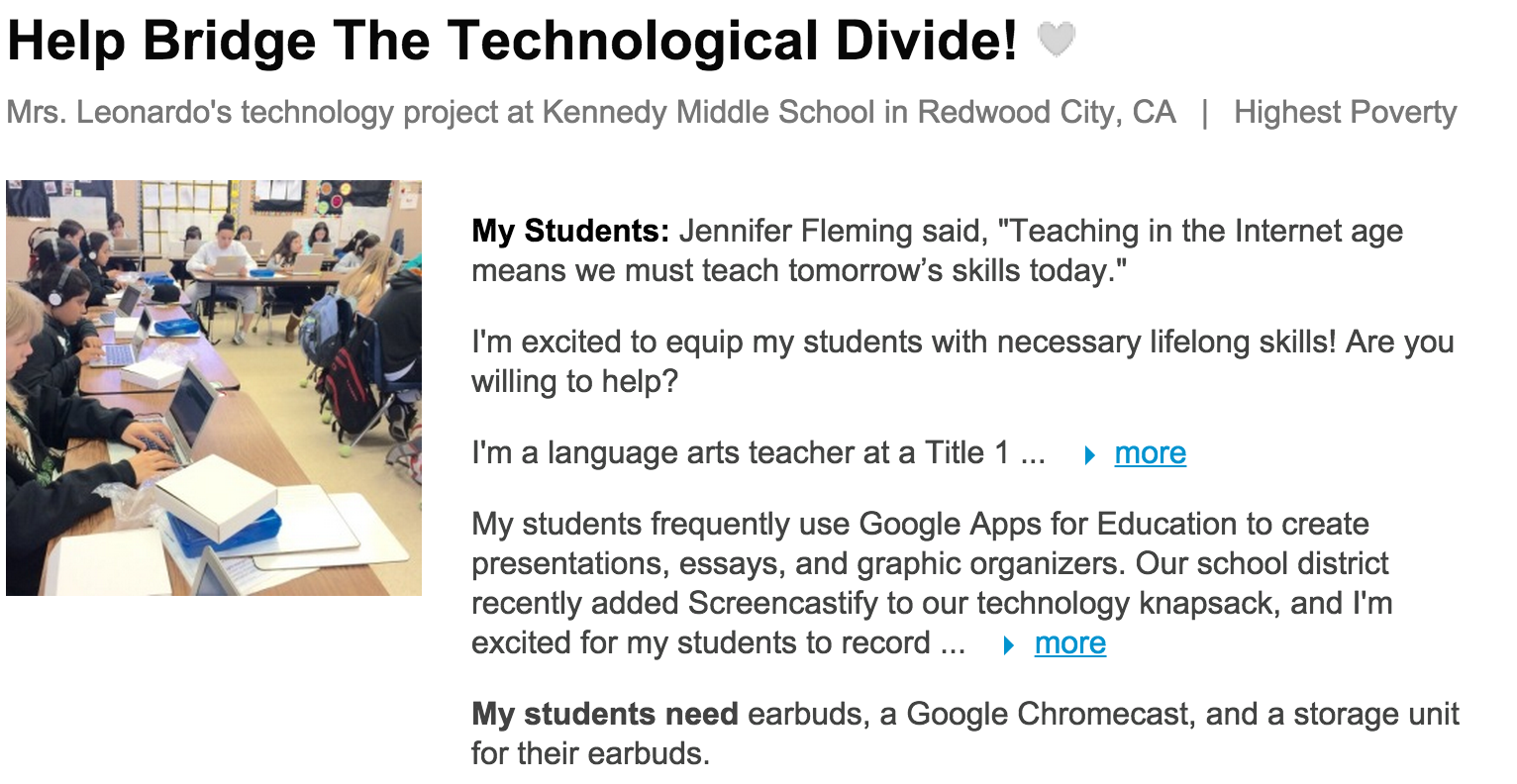
Before analyzing the image, answer these questions about chapter six of Bud, Not Buddy with your group mates.
- Why did the man in the overalls call Bud by the name Clarence?
- Why did the mom and dad keep smacking Bud on the head?
- Why do you think the pretend family did what they did? Would you do something like that? Why or why not?
Open your book to page 49. There are five paragraphs to read, so each group member should read a section aloud.
Paragraph one: I stood in line… (p. 49)
Paragraph two: It showed a gigantic picture of a family… (p. 49)
Paragraph three: You could tell they were rich… (p. 49)
Paragraph four: Writ about their car… (p. 50)
Paragraph five: My pretend daddy… (p. 50)
After reading, study the pictures below. With your group, follow the 3-2-1 strategy for each picture.
3 things you notice
2 inferences you can make
1 question you have
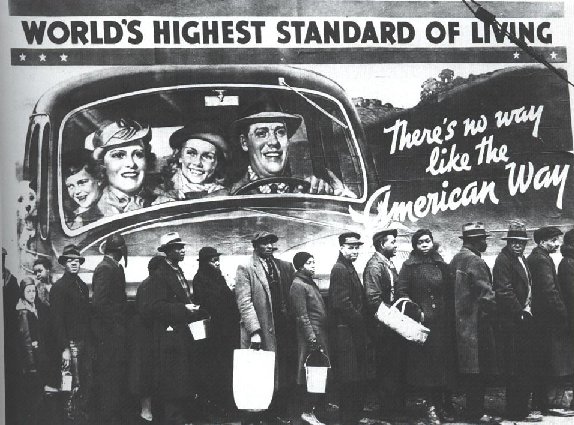
[source] 1937

[source] 2012
Discussion Questions:
1. Infer: Why did people begin laughing and talking once they entered the mission, and why was the gigantic picture being talked about?
2. Connect/Author’s Word Choice: Why does the author, Christopher Paul Curtis, repeat the word shiny in paragraph two?
3.Compare/Contrast: Look at the image from 1937 and the image from 2012. What do these two images have in common? What is different about these images?
4. Your Position: Bud was willing to lie to the man at the mission in order to get food. If you were placed in a similar position, would you be dishonest to get your basic needs met (food, shelter, clothing)?
5. Clarify/Discuss: Ask your group any questions you have about the reading. You may also discuss any parts you like/do not like about the book.



